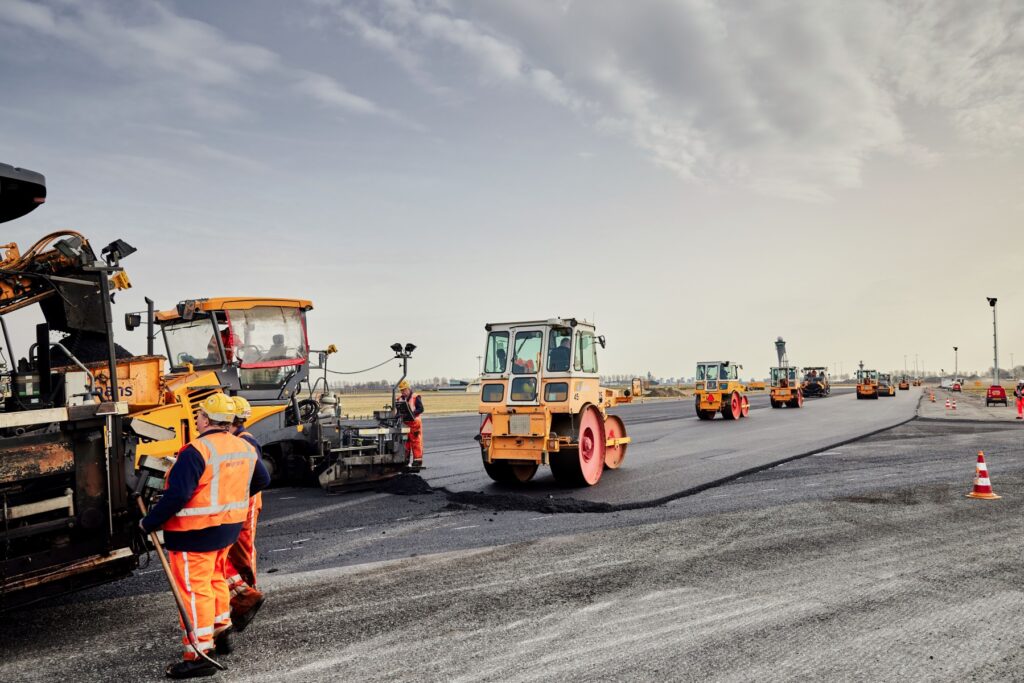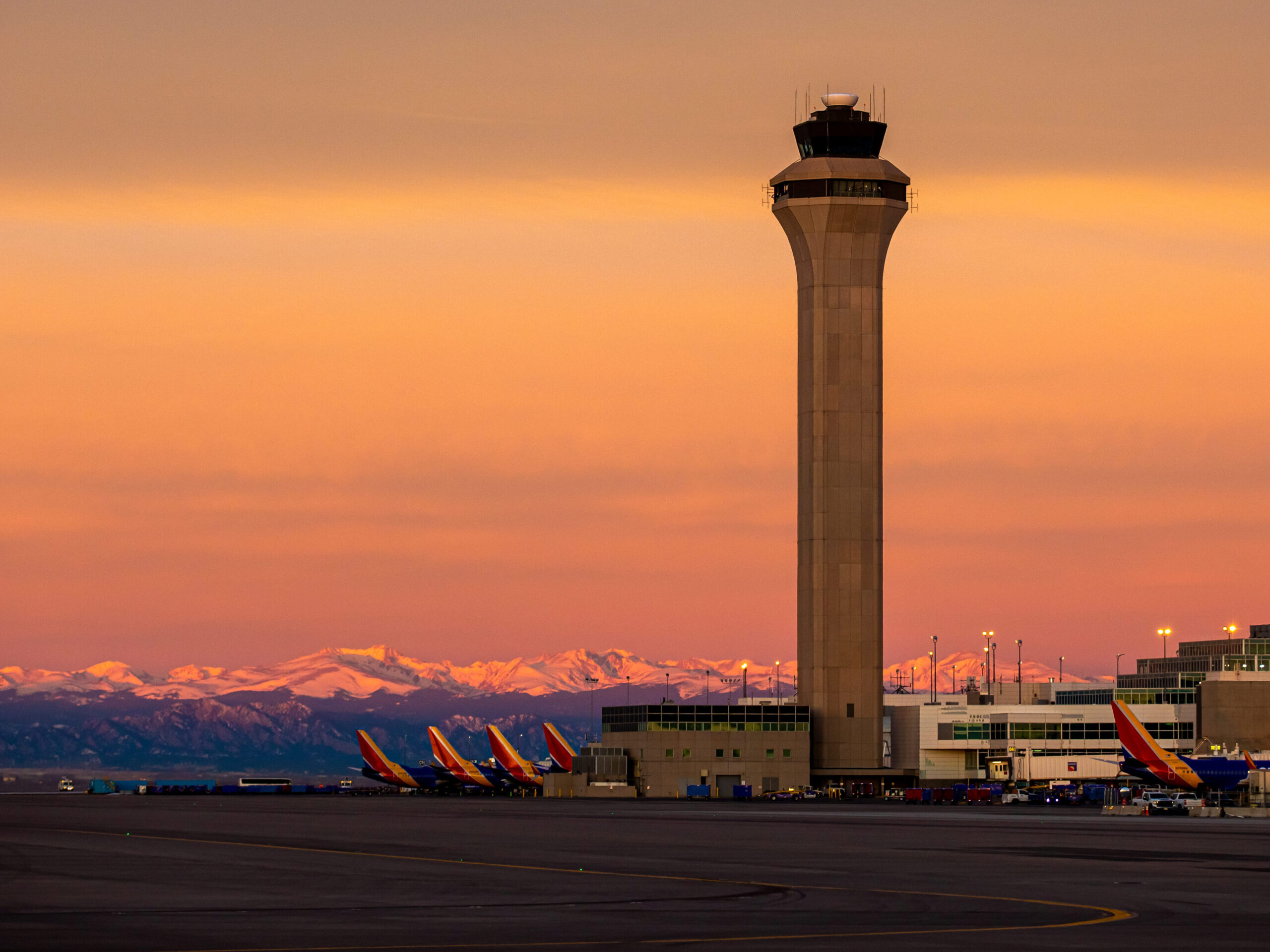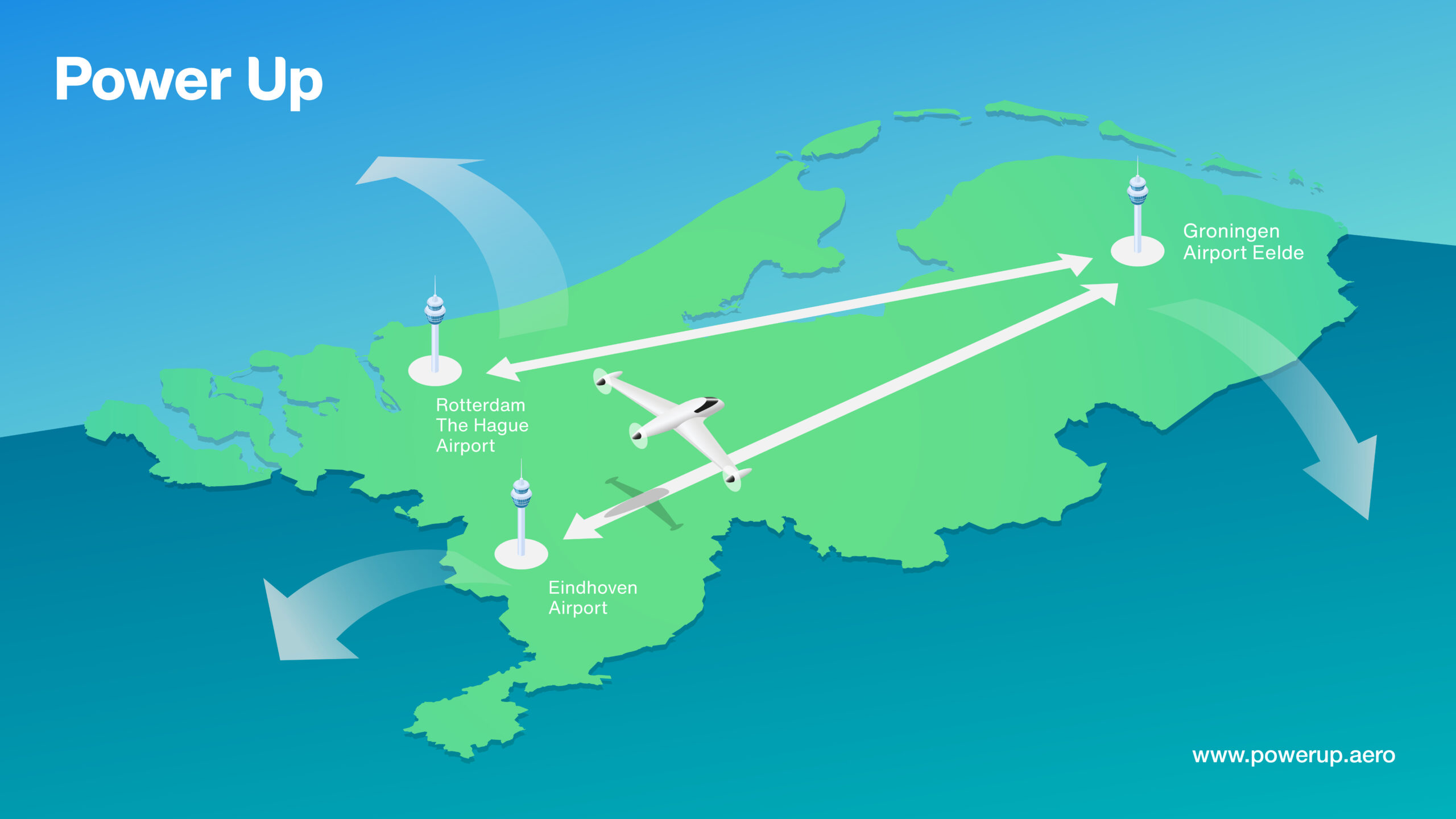Schiphol’s Polderbaan Runway Available Again after Period of Major Maintenance
The Polderbaan Runway at Amsterdam Airport Schiphol is available again. Because of major maintenance, it hadn’t been in use since the end of January. As of 15th May, it can be used again for take-offs and landings in normal visibility conditions.
On 10th and 14th May, several test flights and checks were conducted in order to check the adequate and accurate functioning of the newly installed navigation and guidance systems, which serve to ensure aircraft can safely land on the Polderbaan Runway. The systems in place are the Instrument Landing System (ILS) of Air Traffic Control the Netherlands (LVNL) and the Precision Approach Path Indicator (PAPI) of Schiphol. After approval of the ILS, the Polderbaan Runway will also be available for landings in normal visibility conditions.
Works
During these maintenance works, an area of 600,000 square metres was renovated. 150,000 tonnes of asphalt were supplied and processed for the maintenance on the runway itself and on the surrounding taxiways. 60% of the asphalt that was removed from the runway and then recycled was used to lay the new layer of asphalt. The new asphalt on the Polderbaan Runway is an innovative asphalt mixture called Flightflex. Other works carried out on the runway include the installation of 70 kilometres of new cabling and the replacement of 2,100 runway lights, which are now more sustainable and durable LED lights. The maintenance on the Polderbaan Runway was carried out in collaboration with construction company Heijmans. These works fall under the category of ‘period of major maintenance’. This means that such extensive maintenance will not be required for the next 7 years, apart from the regular maintenance that occurs on an annual basis.

Instrument Landing System
The maintenance involved replacing the Instrument Landing System (ILS), a system which helps aircraft make a gradual curved approach towards the runway, under the authority of Air Traffic Control the Netherlands (LNVL). Some of the work that needs to be done on the ILS can only take place after the major maintenance is complete. After the test flights on 10th and 14th May and approval of the accurate functioning of the ILS the Polderbaan Runway can be used again for landings in normal visibility conditions. According to international safety regulations, the new ILS must have been operating reliably and stably for around 30 days before the runway can be used when visibility is limited, such as when there is thick fog. Once the ILS has been working well during this trial period, the Polderbaan Runway can be used again for landings in all visibility conditions.
This article was originally published by Schiphol.













